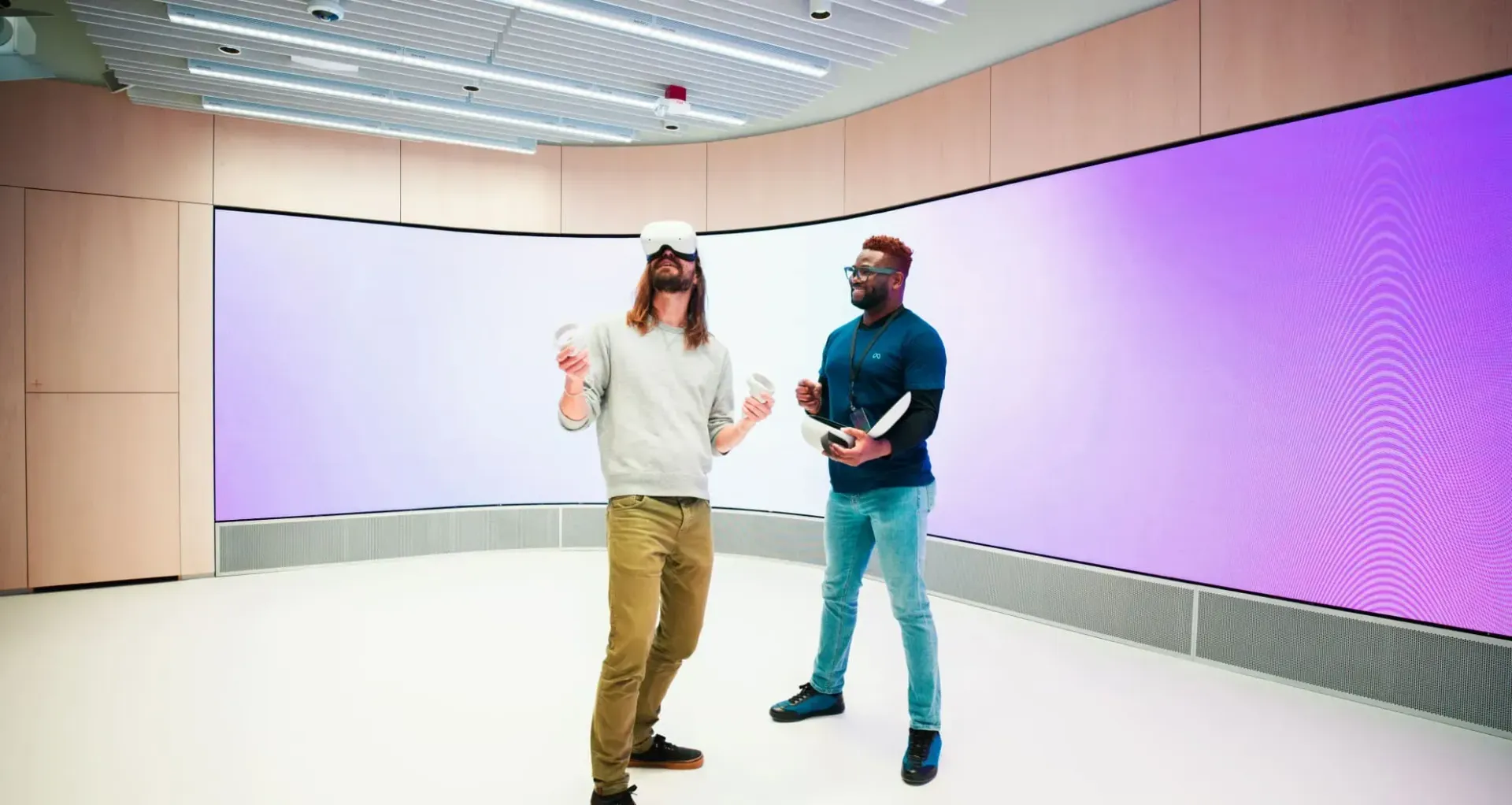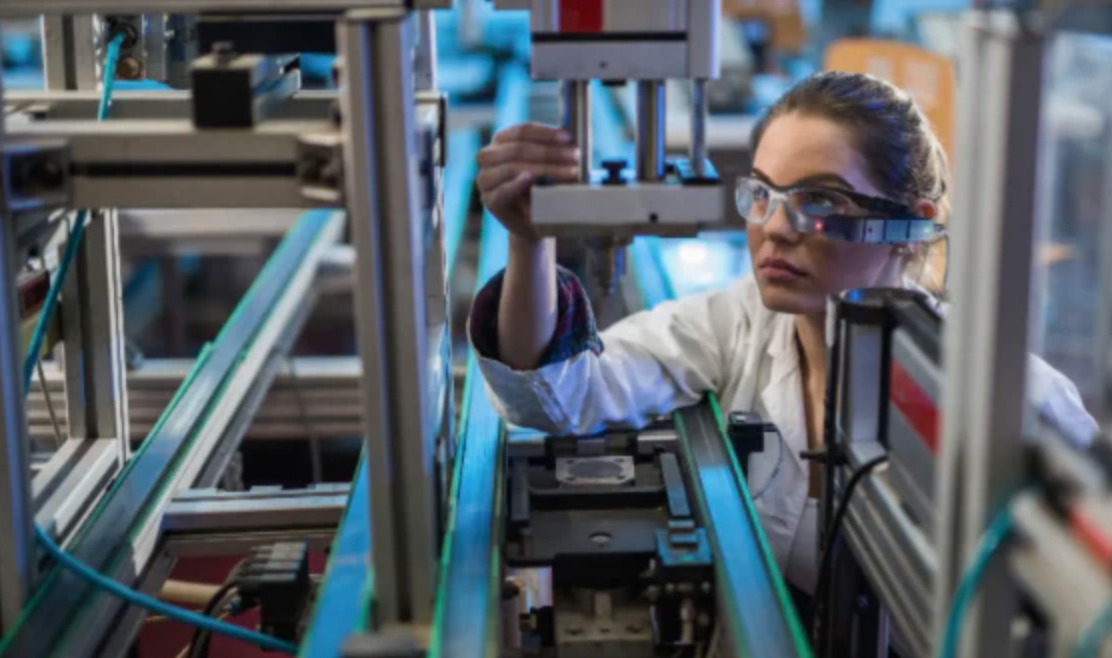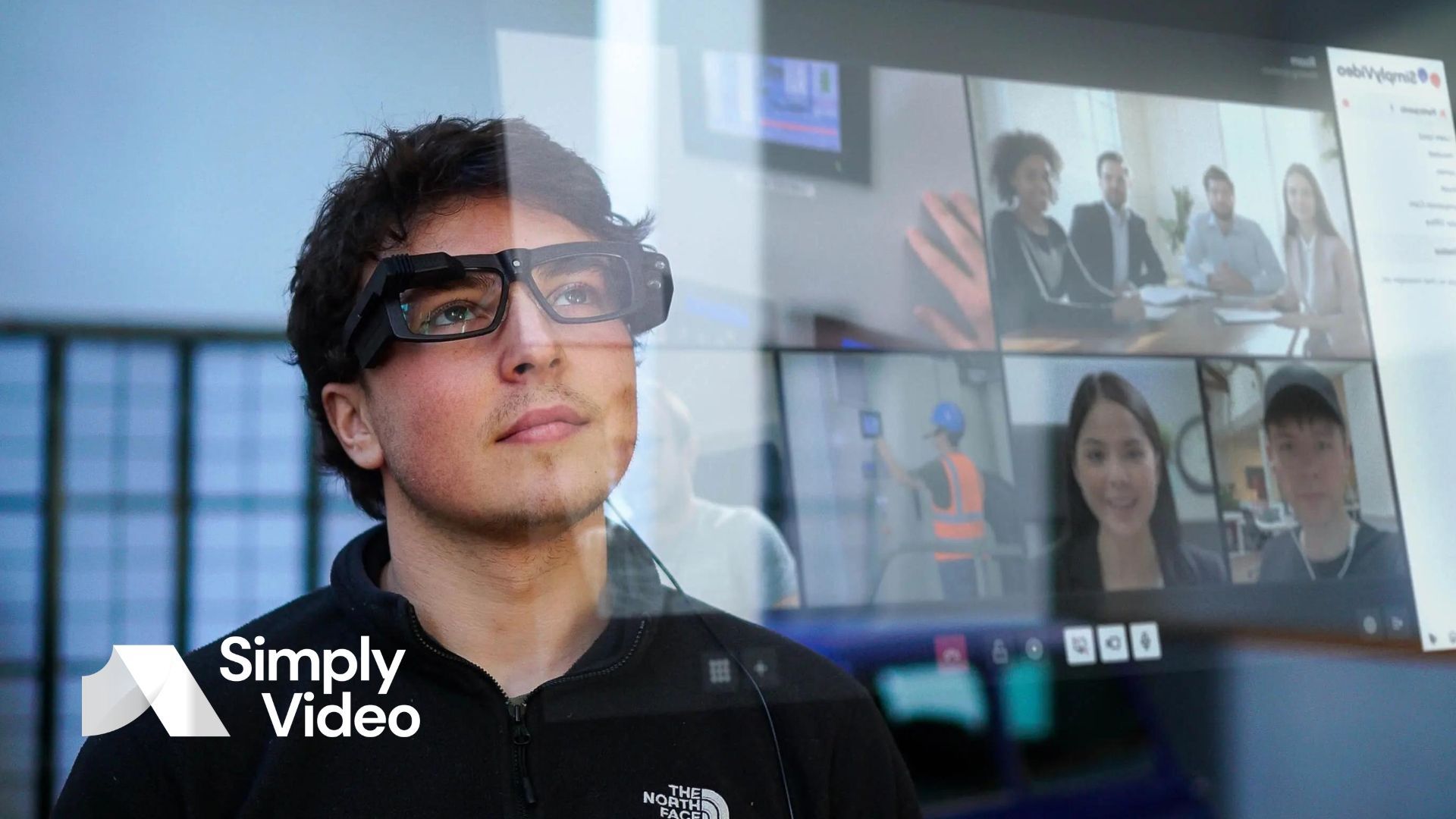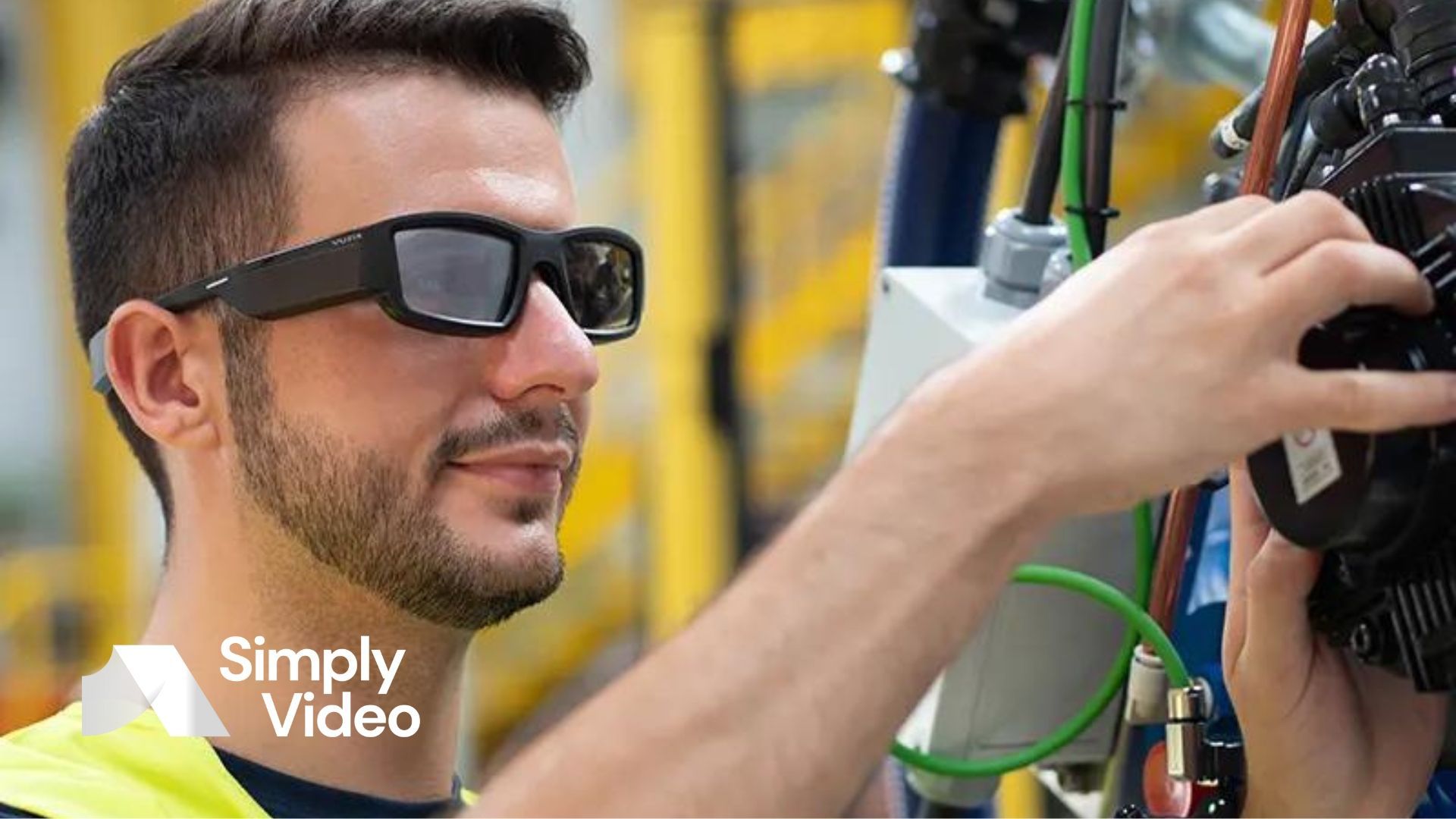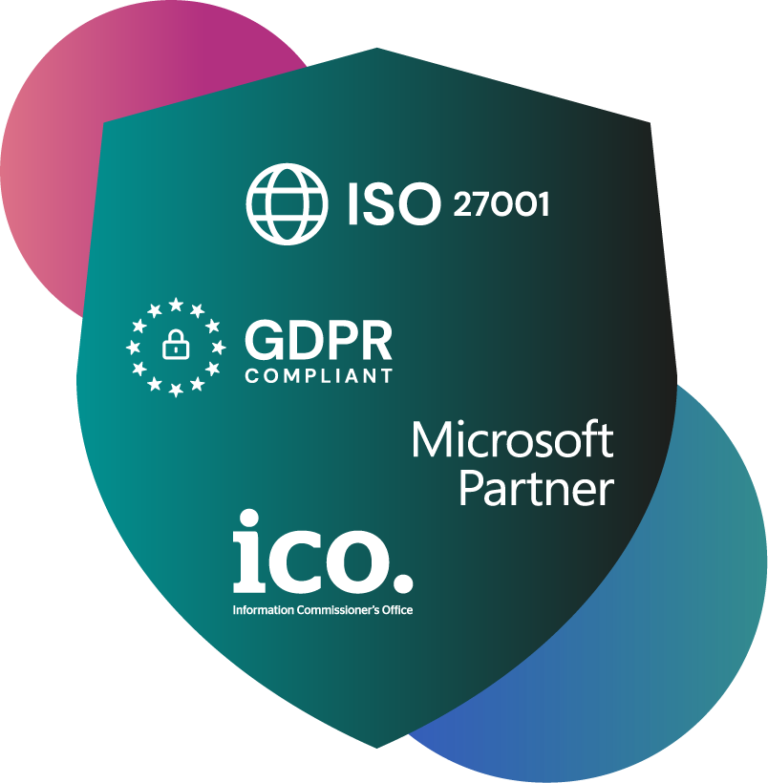5 ways extended reality can help you connect with customers
We hear a lot about how XR can help your teams to cohere – but how about improving your customer service? Find out about 5 use cases.
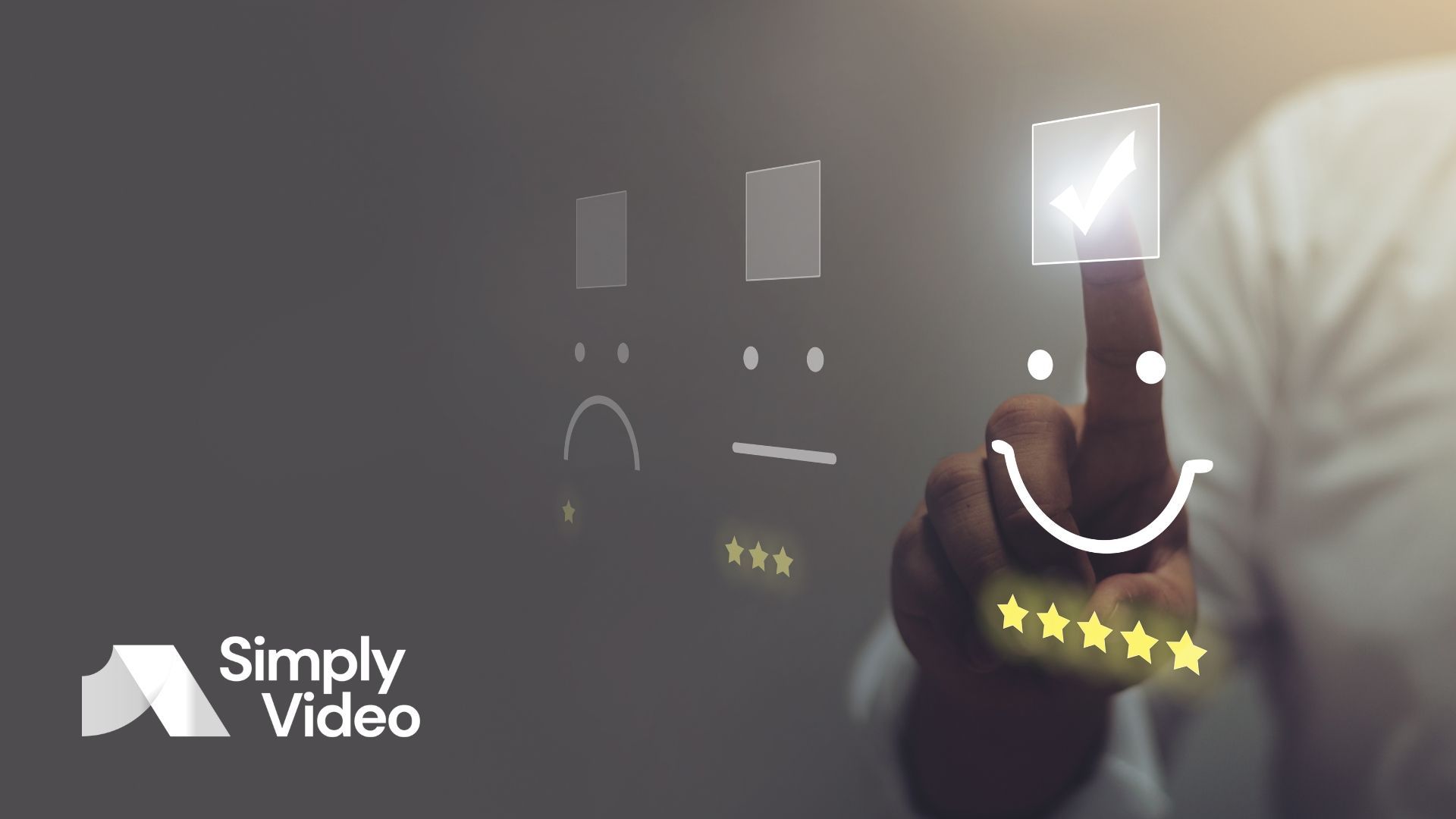
In the world of extended reality (XR), the emphasis is often placed on how it can help businesses internally.
Take the case of remote assistance – the ability to hook up a frontline technician with an expert in a different city, or even country, and enhance their conversation with XR tools like 3D annotation.
Or take the design process. You've pulled together a talented team, but the right person for one of the jobs is in Manchester and another is in Mumbai. With XR, you can hold virtual meetings where the whole team walks around and inspects a 3D version of the design in question.
It's procedures like these that tend to get put under the XR umbrella. But as umbrellas go, it's pretty big. Golf-sized, you might say. It covers remote collaboration between teams – but also new ways of connecting with customers.
Let's face it. Keeping in touch with customers is one of the biggest and most thankless challenges in business.
Heaven knows we try – reaching out to one-time customers with mailing lists, push notifications, gentle requests for feedback and all the rest.
Leonard Cohen once said that if he knew where his best songs came from, he'd go there more often. The same is true for customer relationships. It's hard to know exactly
why someone has become a repeat customer – and if we knew, we'd do it all the time.

Now, XR is entering the fray. It creates new opportunities for keeping customers engaged and informed – and in the process, can do wonders for your brand identity. Want to show that you're innovative, sustainable and flexible? XR solutions are one way forward.
Perhaps your first thought goes something like this.
Yes, there's a business case for XR.
Yes, it would improve your brand's optics too. But
no,
you're not willing to shell out that much money for this tech.
We get it. But there are two main points to consider.
The first is that an XR solution is like many things in life – an initial outlay which, though painful, reaps rewards in the long run. In fact, a decent ROI is one of its major selling points.
The second thing to say is that XR can raise your earning potential. Did you know that 40% of customers are willing to pay more if an experience is presented to them via augmented reality (AR)?
Still need convincing? Here are five ways that XR can help you to connect with customers and take your business to the next level.
1. Turbocharge your customer service
eCommerce is here to stay. But, believe it or not, it's still in its infancy.
That means we still haven't quite cracked the best way to build long-lasting relationships with customers online. Too often, marketing feels like junk even before a customer puts it there.
The problem is that for all the advantages of eCommerce, people still want that face-to-face experience. It's a tried-and-tested way of building bonds between yourself and your customers.
Could XR bring it back?
Let's say you've ordered a product that's going to take a while to be dispatched. Or that you've commissioned a bespoke product and want to know how it's coming along.
XR creates opportunities for technicians and manufacturers to keep customers in the loop about how much progress has been made and how much is left to do.
This is reassuring for customers. They're less likely to worry about delivery dates and progress if they can take a virtual tour of what they're waiting for.
2. Provide customers with first-hand experiences
When you were younger, did you ever take a photo of a favourite celeb into the hairdresser's and ask them to give you that cut? Did you end up looking like an AI-generated tribute act?
This harrowing but all-too-familiar experience gets repeated again and again in the world of eCommerce. You order a gorgeous-looking dresser from eBay. It arrives but it
doesn't. Quite. Look. Right.

The same goes for makeup, clothes, audio equipment… It's not that the photos were deceiving. It's that you can't try them out in situ before you buy.
XR provides an answer. You can drag and drop an item of furniture into a photo of your room. You can scan your face and try on false eyelashes. You can look around a property or take a car for a spin from the comfort of your armchair.
This has several advantages. First, it empowers customers and inspires trust. Second, it gives you an edge over your 2D competitors. And third, it creates new opportunities for cultivating brand awareness.
3. Create engaging manuals
Real talk: most of us don't read manuals unless we absolutely have to.
Why? Well, they're kind of, um, boring. Reading how to configure your new smart TV is about as much fun as reciting the periodic table.
VR and AR manuals are a way around this problem. Hyundai, for instance, has a digital owner's manual that shows you how to fix your vehicle.
It could well be that by the end of the decade, we're wondering how we ever waded through those doorstop-thick manuals with their microscopic text.
4. Elevate customer service training
VR headsets can bring you face-to-face with a virtual avatar. It's something that gamers are increasingly familiar with – but it can also be used in training scenarios.
Customer service isn't always easy. People can be stubborn, meandering, purple with rage – and you never know what you're going to get.
Practising customer service skills with a digital avatar is a way of developing empathy, sharpening interactions and providing staff with the skills they need to handle complex situations.
Oh, and in the process, you're slashing your travel budget – and your carbon emissions.
5. Boost your branding
With XR, you can connect with customers in new ways – but that's just the beginning.
Doing so demonstrates that you're committed to good customer service. It shows that you're innovative and flexible. And it marks you out from your competitors.
At SimplyVideo, we provide a low-bandwidth
video collaboration platform that's ideal for connecting with customers and clients.
Sign up today for a free 30-day trial.
